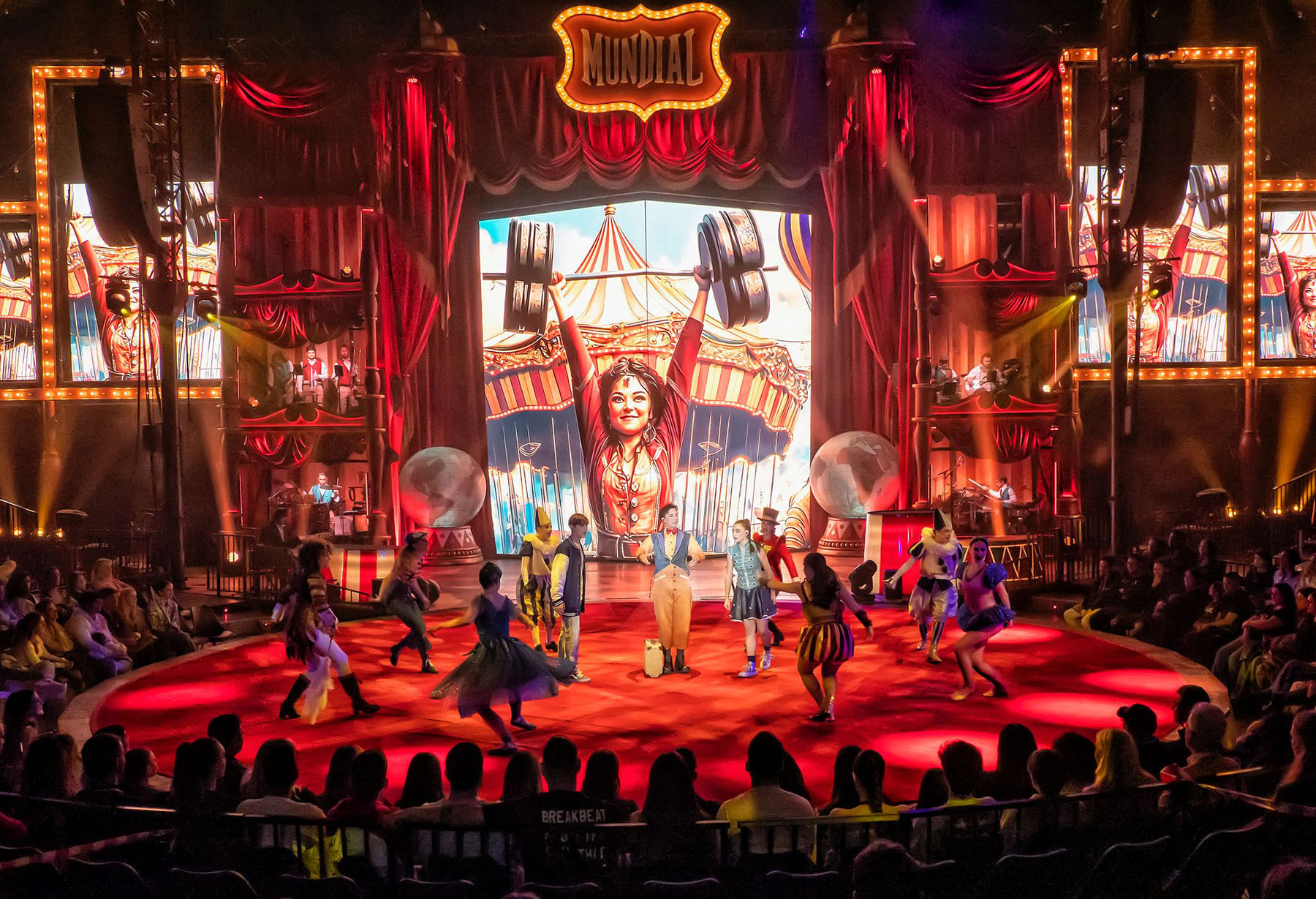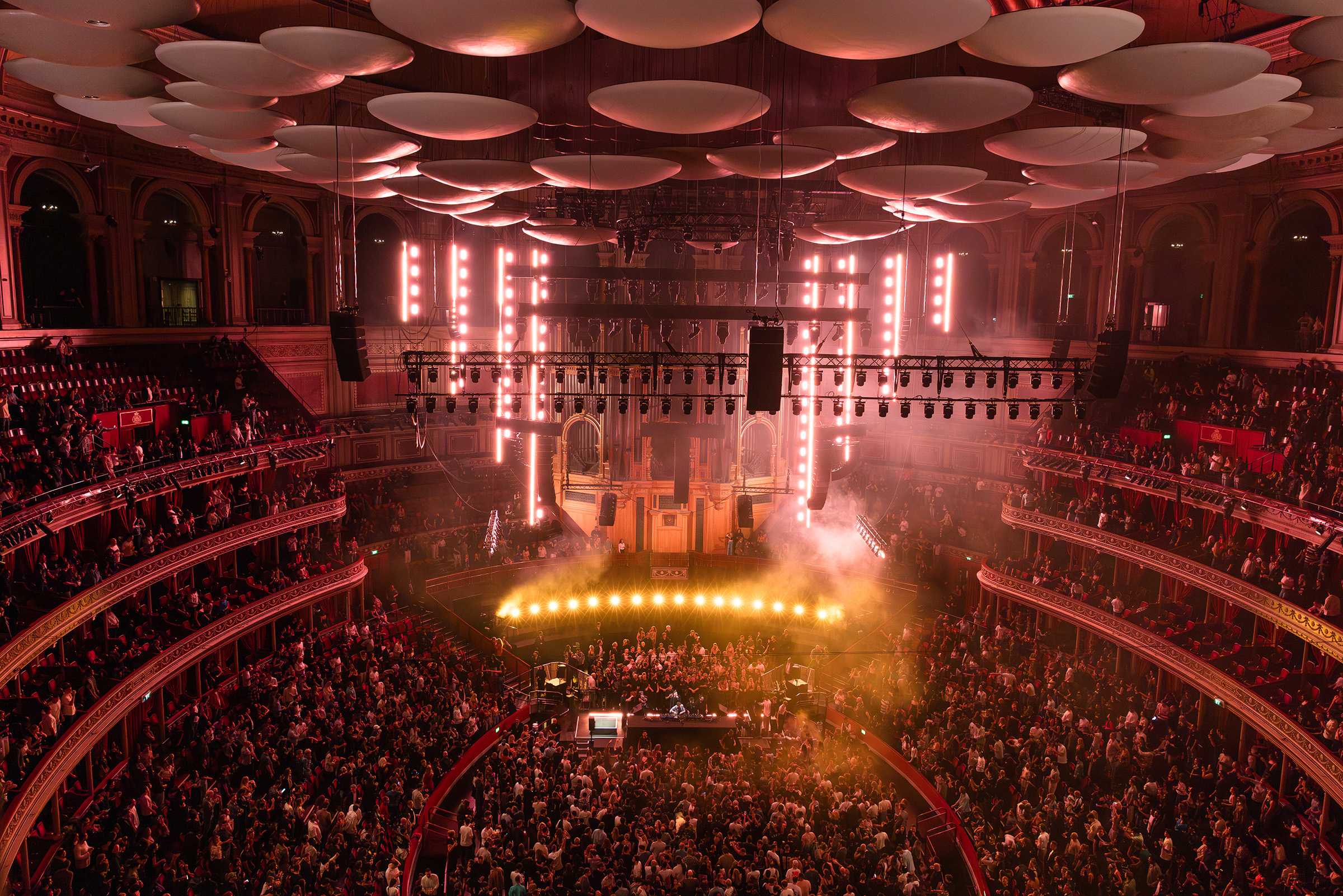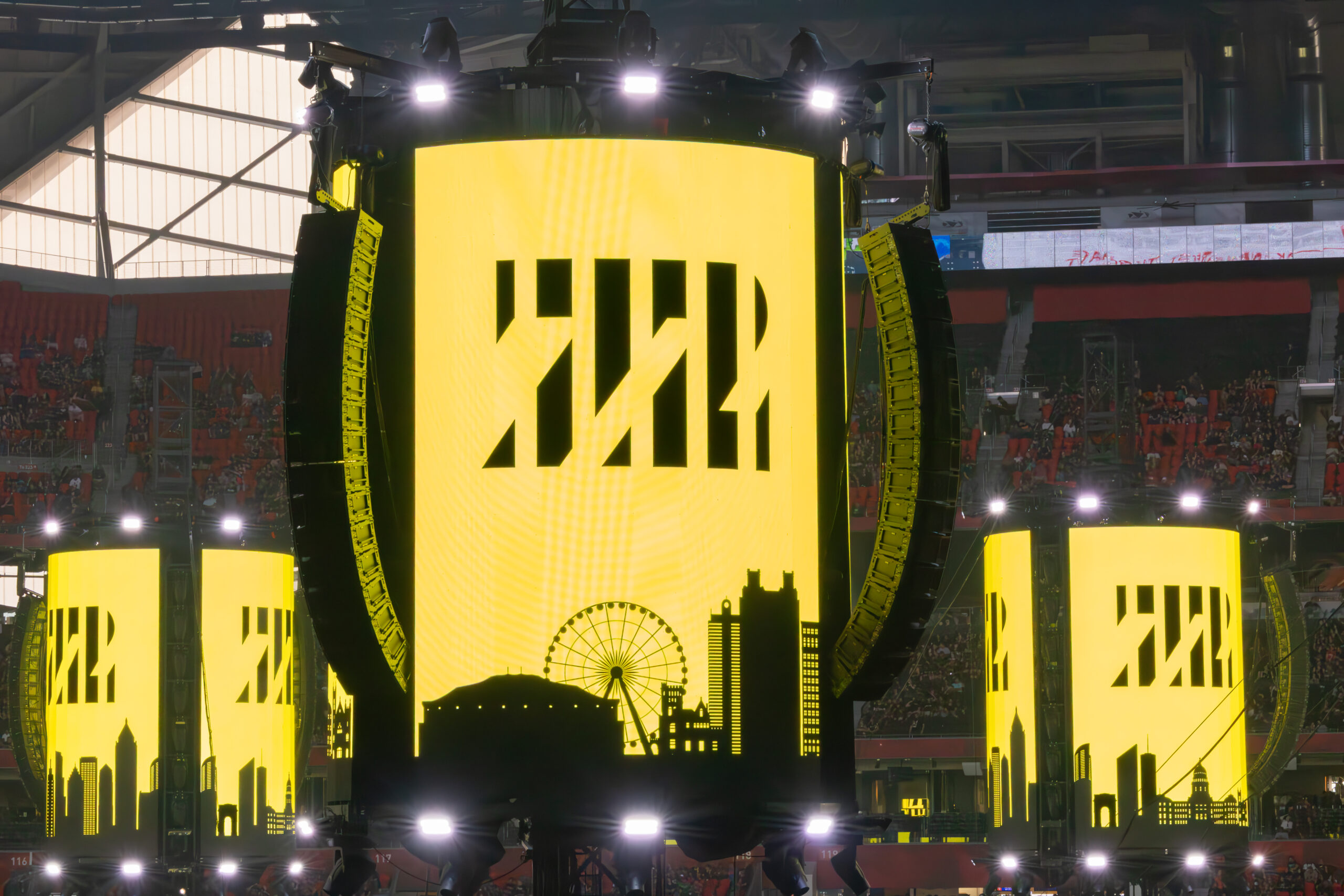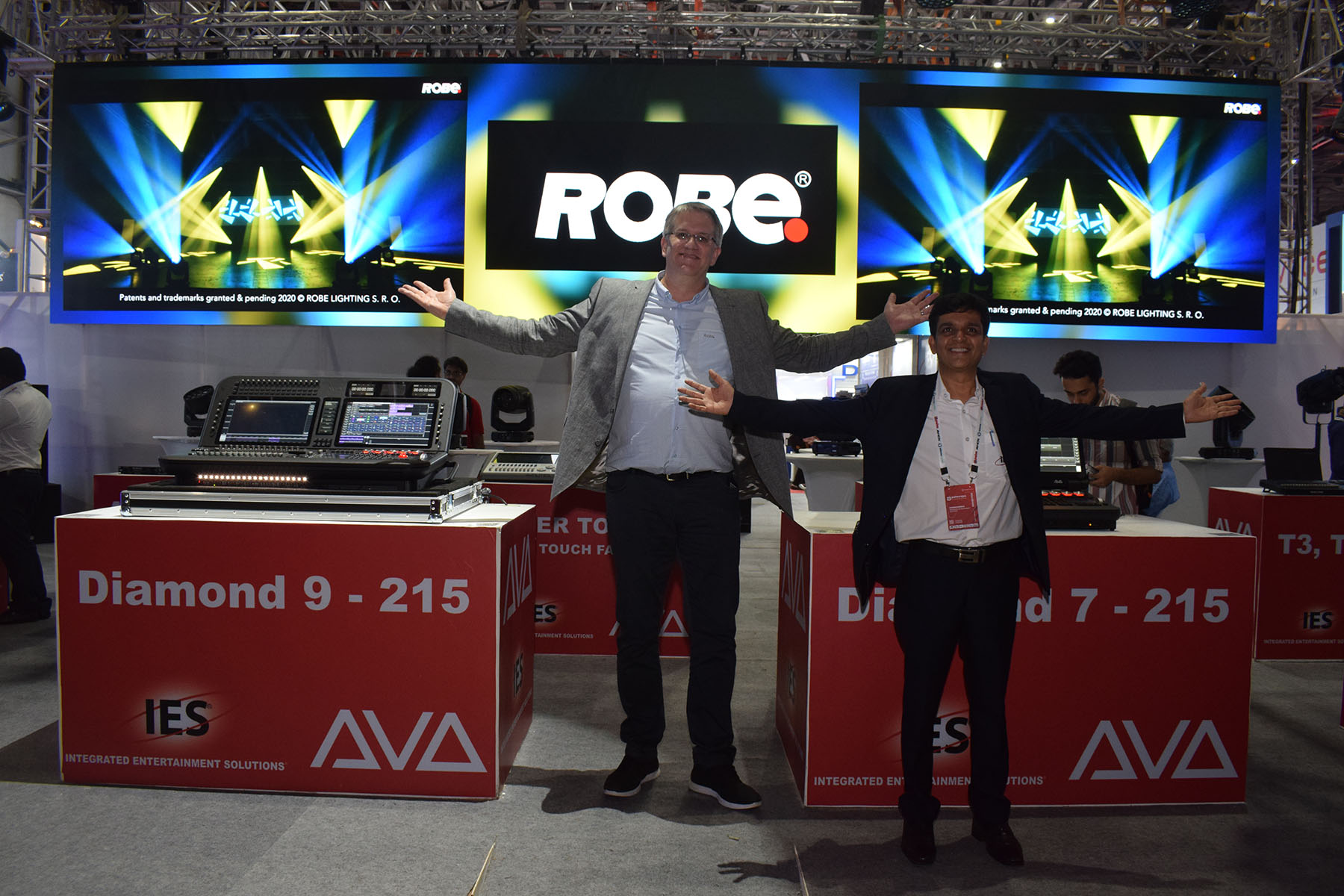JOHANNESBURG — Gearhouse South Africa supplied all technical production, including, lighting, power, structures, audience seating and sound, for the 2009 South African Tattoo at Montecasino, balancing visual dynamics with more energy-efficient gear. The show featured over 600 local and international performers, blending the traditional Tattoo spectacle of massed pipe bands and Highland dancers with an African flavor. It was the second year that Gearhouse has been involved in the event, working for producers MC Squared. SABC2 also supported the show and recorded it for future broadcast.
This year the show’s production and lighting designer, Tim Dunn lit the parade ground performance area solely with moving lights and LED fixtures. That allowed for a reduction in the amount of power needed to run the show, using two generators vs. the five used for the 2008 events.
The 4,500 audience seats were supplied by Havaseat (part of the Gearhouse Group of companies) and configured as three stands, positioned around three sides of the arena. 12 interlink trucks were required to transport the 90 tonnes of scaffolding and 200 tonnes of seating stands to the site, but the build took only 6 days to complete!
The fourth element of the space was a “castle wall,” a 40-meter-by-seven-meter Layher structure built by Gearhouse Structures, with a printed skin stretched across the front, simulating the real wall of the Montecasino Castle.
Gearhouse had created this same scenic element last year, with photographic images taken from the real Monte castle wall. Apart from looking very authentic, this allowed for a deck to be built into the top of the structure so the Lone Piper could assume the appropriate position to play The Last Post.
Sound was designed by Gearhouse Audio’s Dave Tudor and mixed by Pierre Slabbert.
Gearhouse Structures built 50 meter scaffolding-based technical platforms running along the back/top of the two lengthways seating stands to facilitate the rigging of moving lights used for the parade grounds.
The FOH and another identical production tower were built house left and house right, strategically offset in the gaps between the ends of the back stand and long stands to keep the site lines clear. An additional lower camera platform was built in between these, and then two trussing goal posts, one each side, were erected between the two outer towers and the camera platform. These gave extra rigging points for lighting fixtures.
Lights were also rigged along the top of the castle wall, and on the floor of the Parade Ground for low-level beam effects.
Dunn’s design used about 120 moving lights, a mix of Robe ColorWash and ColorSpot 700 and 2500E ATs and Martin Professional MAC 2000s. To light the audience, 110 i-Pix Satellite LED bricks were arranged along the tech platforms on each side, and also on the FOH and production towers, the camera platform and the goalposts.
Dunn programmed and operated the lighting using a grandMA full size console.
Gearhouse Structures also built two followspot towers in the corners facing the castle, each housing two 3K Gladiators, with two more towers and one Gladiator each at both ends of the castle wall.
Gearhouse Power supplied two 300KVA generators to run all the various technical production elements, drawing a maximum load of 464 Amps. The cable runs of 150m and 100m were split into two sides, and a further split between lighting and audio to ensure no interference from lighting equipment was heard on the audio system.
The Tattoo was project managed for Gearhouse by Michael Lewis.
The South African Tattoo “can now be ranked among the best in the world,” said Simon Carter, executive producer, relaying comments heard by participants and observers alike. He credited Gearhouse for its support.
For more information, please visit www.gearhouse.co.za.



